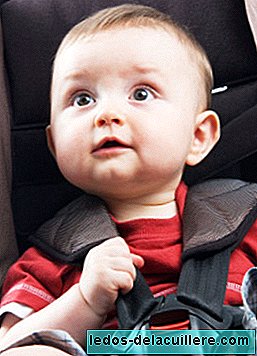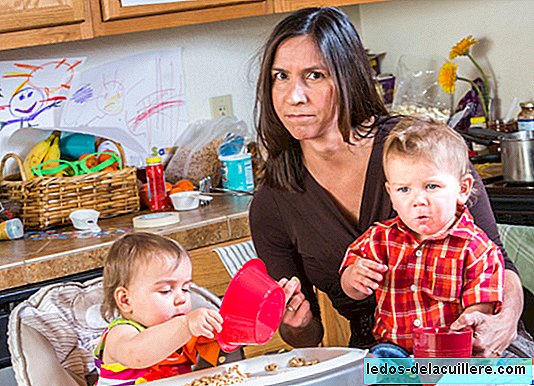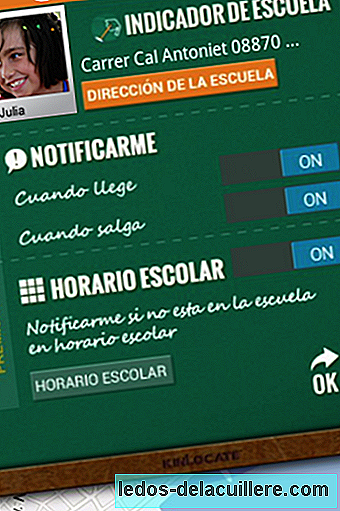
Once we have purchased and correctly placed the child restraint system (SRI), we must take into account these rules of use, which may be a guarantee of proper functioning and protection In case of an accident.
The buying tips we saw are not valid if we do not apply these points when traveling by car.
The use of child restraint systems (SRI) is regulated by the European Directive, which establishes the obligation to use child restraint systems for children under three years of age or children not exceeding 1.35 meters tall.
These children should always be well held in the systems, no matter how short the path we are going to take. As they say, many of the serious accidents happen in the shortest and most known journeys.
Failure to comply with this directive, referring to both safety belts and SRI, is classified as a serious infraction, and could lead to financial penalties and even a possible withdrawal of a card. In addition, with the new point permit system in Spain, three points are withdrawn for not using retention systems.
In no case should the safety seats be placed in an air-bag seat. If the vehicle has this system in the seat where the SRI goes, it will be disconnected, since the airbag poses a danger to the baby, and can cause injury if activated.
Nor should the child be carried in the arms, not even the babies, because a blow, however small, may cause it to be shot out of our lap.
Always read all warnings and installation instructions, both in the vehicle manual and in the instructions of the child restraint system.
Of course, adults should always wear the belt, apart from for our own safety, to set an example for children. In addition, we will avoid that when we are fired we harm the little ones.
The car should not be started until the child is well restrained.
Never hold the child as a threat or punishment, but make them understand that it is for their safety and that it is necessary. It can become a fun moment ("Let's make sure for takeoff" ...).
Traveling by car can be fun, but without moving or trying to get rid of SRIs. Little by little they will grow with this idea if we transmit it to the elders, and assimilate it.
It is necessary to periodically supervise that the chair is appropriate to its size and weight to guarantee its protection, and not “hurry” its use. Also that the straps do not tighten the little one or, conversely, that they have become loose and too loose.
If the chair has features that allow it to adapt to the child's growth (head restraints, harnesses ...) it must be added at the right time for its protection and comfort.
The chair must fit firmly attached to the seat of the vehicle, eliminating any movement between the seat and the chair.
The seat belt (or harness) on the body of the child should be in the proper position, never above the neck, should always be adjusted as low as possible on the hips, and without gaps but well adjusted.
Whenever possible, the child seat should be installed in the back seat of the car. Statistically it is the place where they travel more safely in case of an accident.












